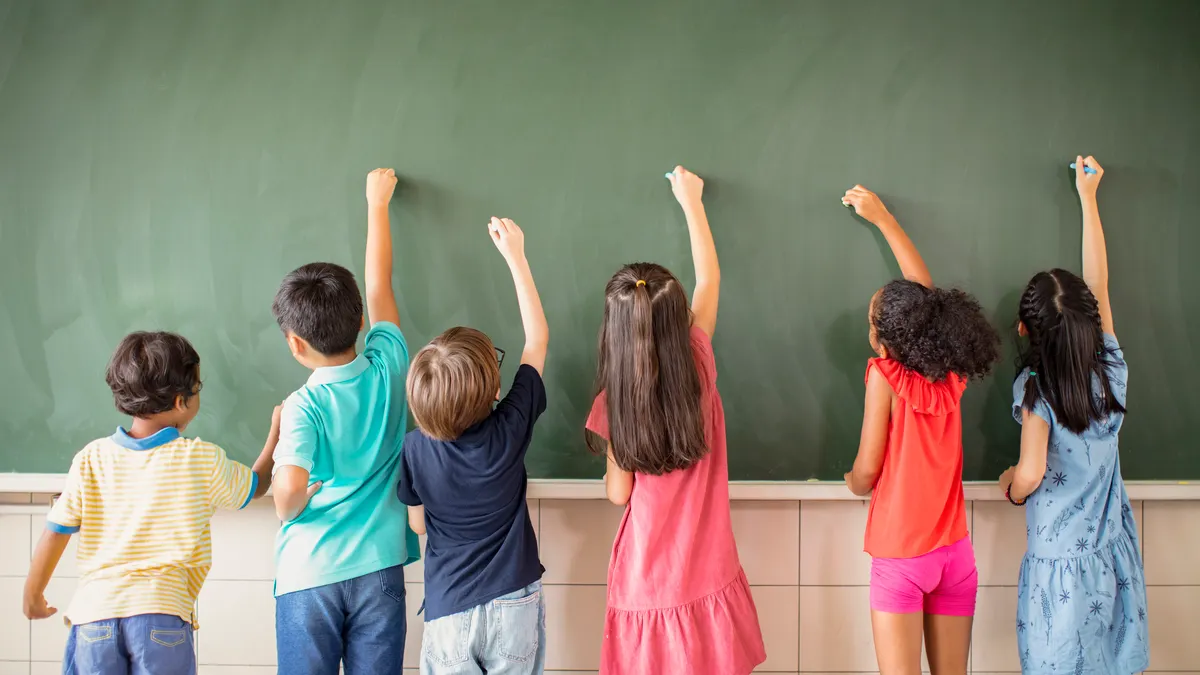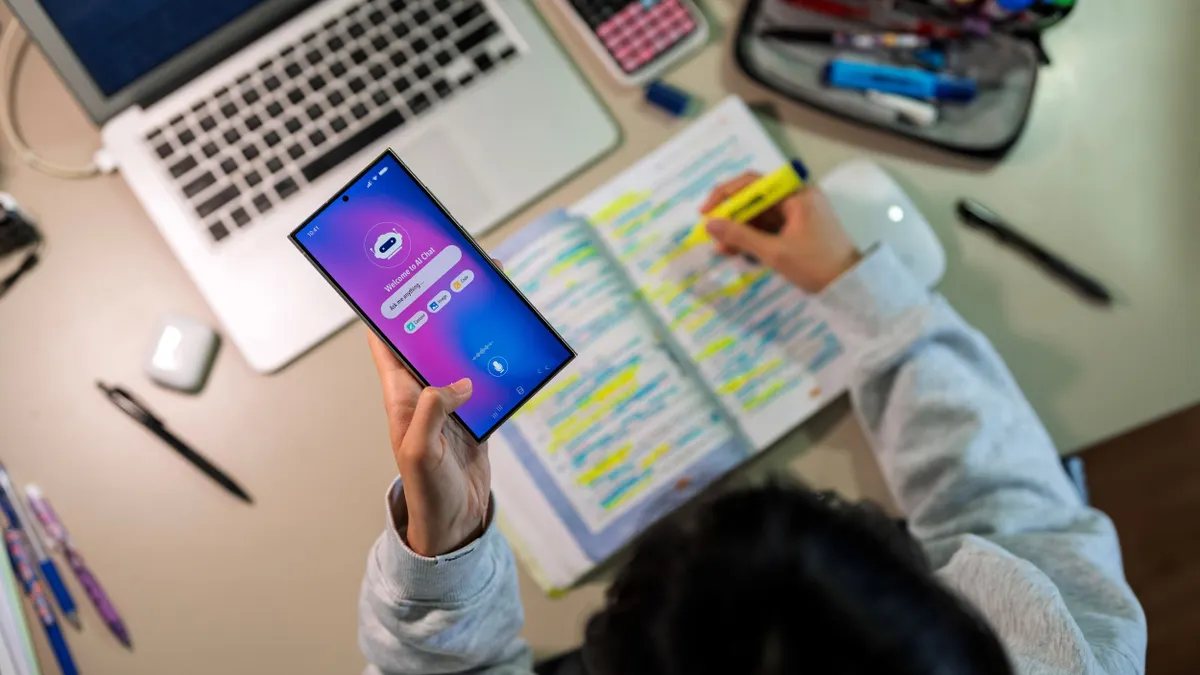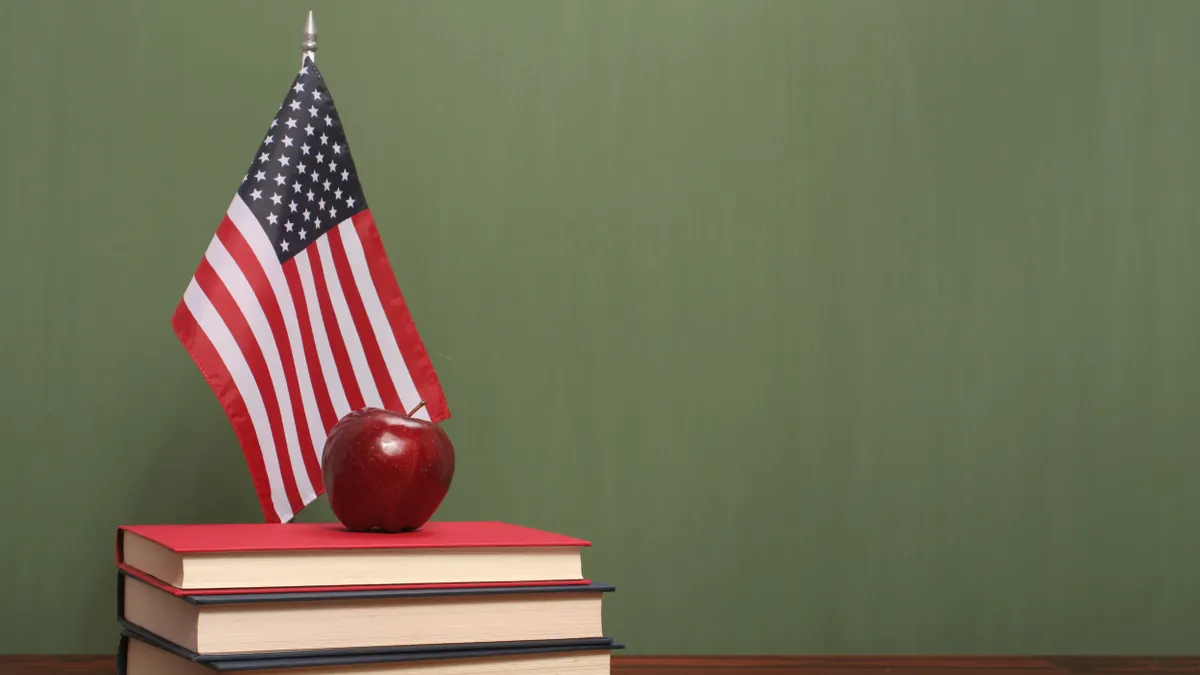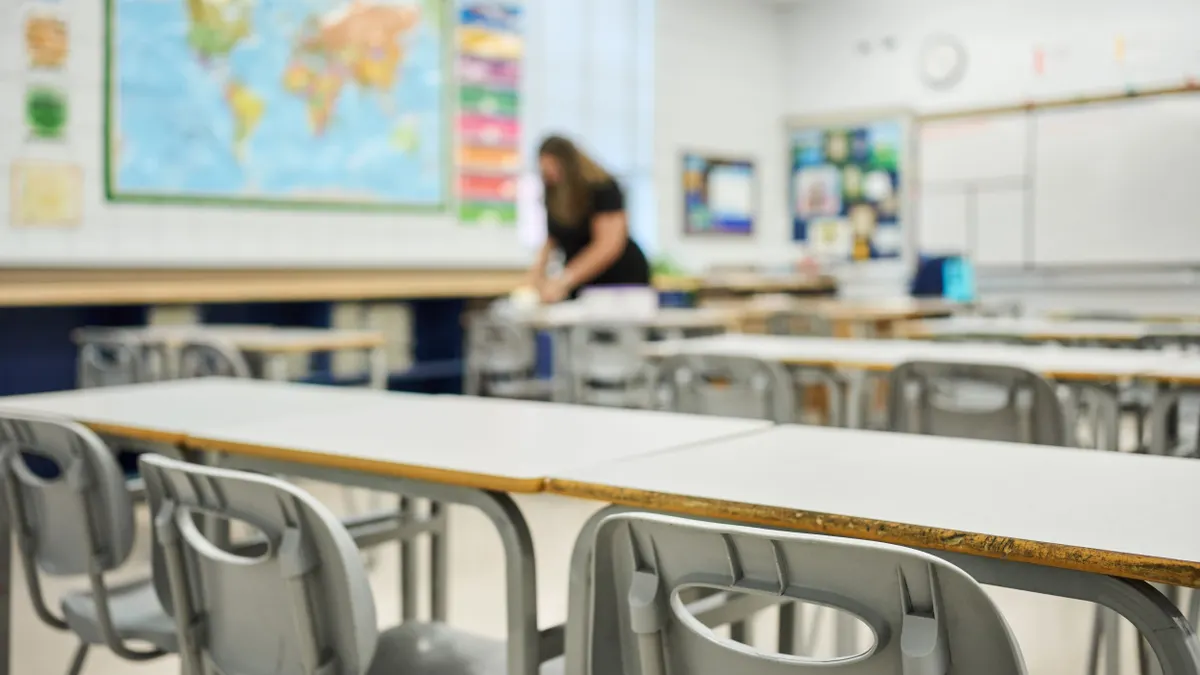School administrators taking on the role of “literacy leaders” is very or extremely important to almost three-fourths of literacy professionals, according to the results of an international survey on literacy issues that are attracting the most attention.
Released today, the International Literacy Association’s (ILA) “2018 What’s Hot in Literacy Report” includes the responses of almost 2,100 professionals from 91 countries and territories who were asked to rate 17 topics in terms of their importance as well as whether those issues are “hot.”
The results show that literacy or instructional coaches and reading specialists are more likely than classroom teachers to consider school leadership, professional learning and development, and standards for literacy professionals to be valuable parts of ensuring high-quality instruction.
“The attitude of administrators and the stand they take on literacy influences how parents and teachers perceive the importance of literacy,” said a literacy specialist quoted in the report.
The overall findings show a mismatch between what educators view as critical aspects of improving literacy instruction globally and what they think tends to receive the most attention from their colleagues, the media and policymakers. Only 29% of respondents, for example, said administrator leadership in literacy issues, was particularly hot.
In another example, digital literacy ranks number one on the hot list, the results show, confirming Education Dive’s selection of news and media literacy as the Obsession of the Year in December’s Dive Awards. But in terms of importance, respondents rank it 13th, down from eighth place last year.
The biggest gap between what educators feel is important and what they think is hot shows up on the topic of teacher preparation. Respondents place it third in importance but it ranks 12th in terms of what’s trending.
On early literacy, there is the greatest agreement between what educators think is important as well as what they consider to be a hot topic. The issue ranks first in importance — the same as in 2017 — with 65% of those working with children under age 8 and 53% of those working with those at least 10 years old saying early literacy is extremely important. It is also listed second after digital literacy among hot topics. Involving families in supporting children’s early literacy skills, however, is only considered hot by 35% of the respondents even though more than three-fourths say family engagement is very or extremely important.
Strategies for differentiating instruction was also an area of agreement, with respondents placing it fifth in the “what’s hot” list and fourth in the list of what they think should be hot. They also rate formative assessments as more important in their work than summative assessments in demonstrating what students know and can do. In fact, while summative assessments rank third on the list of hot topics, educators actually place the topic in last place — 17th — in terms of importance.
Another interesting finding stands out in the comparison between digital literacy and disciplinary literacy. As noted, respondents think digital literacy is even less important than it was in 2017. But in keeping with the Common Core standards’ emphasis on reading and writing in science and social studies, they rate literacy within all content areas as sixth in importance.
“The importance placed on disciplinary literacy reveals respondents’ beliefs that literacy touches all academic subject areas and that instructional methods need to be employed to help students understand, engage with, and convey meaning in their academic subjects,” the report says.
More than 80% of those surveyed said that equity in literacy education as well as access to books and content are very or extremely important. “Economic status, culture, geography (especially in rural areas) and disability all affect an individual’s access to literacy development,” responded a special education teacher in Canada. “There is not an equal playing field, and our governments do not provide supports necessary to overcome the disparities.”
Report points to support needs
Marcie Craig Post, the executive director of ILA, says the survey helps to identify where literacy educators need the most support. “We learned that many educators, working with increasingly diverse student bodies, do not have sufficient training, parental support or resources to respond to student needs,” she said in a press release.
In Alabama, that disparity shows up in access to library books, says Andrew Maxey, the director of special programs for the Tuscaloosa City Schools. While the state funds librarians’ positions, funding for books only amounts to about one new book each year for every 20 students, he said, adding that this also means that many nonfiction books are outdated and not relevant to students’ lives today.
“We have the audacity to be surprised when kids struggle to learn how to read,” he said, adding that the only way for students to become great readers is to read a lot. “You only read a ton when there are books you’re interested in.”
Maxey, who signs his emails with the names of books he’s currently reading, said administrators need to focus not just on reading instruction but on creating a “culture of reading” by “giving kids books they care about.” He mentioned two schools that used grants and local funds to purchase new books and have since seen their library circulation double.
20 years of data
ILA first conducted a version of the “What’s Hot” survey in 1997. The survey’s reach has grown since then, and this year, ILA worked with YouGov, a global market research company, to collect the data and publish the report. The process includes both focus groups as well as an online survey in order to hear the “unprompted” views of literacy professionals.
The majority of the respondents were from the U.S., Canada, the Philippines and Australia, but countries such as Jamaica, Mexico and the Netherlands were also represented. The next round of results will be released in 2020.





















